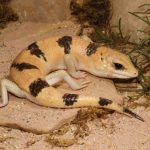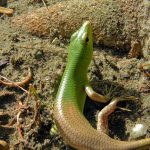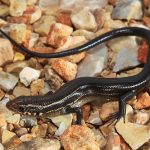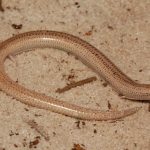Schneider skink is a species of skink found in Central Asia, Western Asia, and North Africa. The omnivorous species is diurnal in spring and crepuscular in summer. The skink is known to be territorial. There are five recognized subspecies of this species.
| Kingdom |
Animalia |
| Phylum |
Chordata |
| Subphylum |
Vertebrata |
| Class |
Reptilia |
| Order |
Squamata |
| Suborder |
Sauria |
| Infraorder |
Scincomorpha |
| Family |
Scincidae |
| Genus |
Eumeces |
| Scientific Name |
Eumeces schneideri |
| Other Names |
Berber skink |
| Size |
Around 36.5 cm (14.5 in) |
| Color |
Olive-grey or brownish upper surface with uniform or non-uniform golden-yellow spots or longitudinal streaks; a yellowish streak along the sides; yellowish white lower vsurface |
| Distribution |
Eastern Algeria,Tunisia, Egypt, Israel, Libya, Cyprus, Turkey, western Syria, Jordan, Lebanon, Iran (Kavir desert), Iraq, Saudi Arabia, Transcaucasia, Russia (Dagestan), Turkmenistan, Tajikistan, Uzbekistan, eastern Georgia, Azerbaijan, southern Armenia, Asia Minor, Afghanistan, northern Pakistan, northwestern India |
| Habitat |
Stony, arid and scanty vegetated semi–deserts at an elevation of about 400–1500 m above sea level, firm sands, riparian thickets |
| Diet |
Different invertebrates especially insects, also feed on vegetarian food like berries and fruits |
| Hibernation Fact |
Undergoes hibernation |
| Breeding Season |
April – May |
| Mode of Reproduction |
Oviparous (egg laying) |
| Clutch Size |
6 to 9 eggs |
| Incubation Period |
Around 50 days in captivity |
| Average Lifespan |
15 to 20 years |
| IUCN Conservation Status |
Least Concern |
Schneider Skink Pictures Gallery
-

-
Berber Skink
-
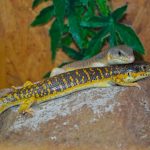
-
Eumeces Schneideri
-
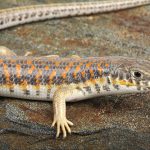
-
Images of Schneider Skink
-
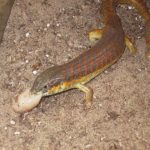
-
Pictures of Schneider Skink
-

-
Schneider Skink Images
-
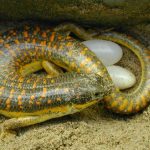
-
Schneider Skink Lizards
-
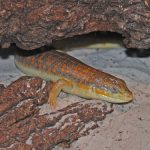
-
Schneider Skink Photos
-

-
Schneider Skink Pictures
-
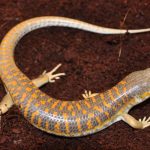
-
Schneider Skink
-

-
Schneider Skinks
-
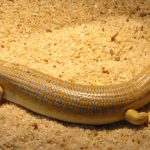
-
Schneiders Skink
-

-
Schneider Skink Setup
-
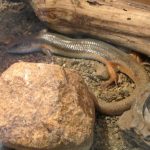
-
Berber Skink Habitat
-

-
Schneider Skink Care
-

-
Berber Skink Enclosure
-

-
Schneider Skink Diet
-

-
Schneider Skink Care Sheet



















